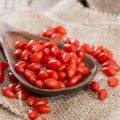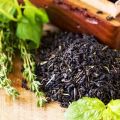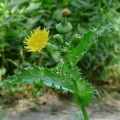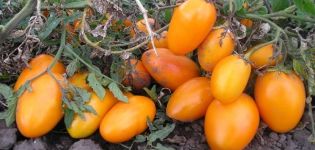Useful properties and contraindications of sow thistle, rules of use
Many summer residents encounter such a plant as a sow thist in the garden. Some consider it a common weed and immediately try to get rid of it. However, the sow thistle has useful properties that every owner of private plots with a vegetable garden and a garden should familiarize with.
Description of the plant
To get acquainted with the main features of the plant, you need to understand its detailed description.
A sow thistle is a group of herbal annuals that belong to the Astrov group. This family includes more than seventy varieties of grass, but only a few of them are often found in vegetable gardens.
The common features that unite all the main types of plants include:
- tallness, due to which some seedlings grow up to two meters;
- deep root that grows four meters deep;
- branchiness of stems;
- lignified base.

Chemical composition
This herb is not used in animal husbandry as it cannot be used to make fodder. In official medicine, they also do not use it, since scientific research on sow thistle has not been carried out.
However, in folk medicine, grass is often used, since it contains such useful elements:
- carotene contained in the ground part of the seedlings;
- inulin found in the root system;
- tannins accumulating in foliage and stems;
- acids;
- alkaloids.
All these components are useful for the human body and therefore medicinal decoctions and tinctures are often prepared from sow thistle.
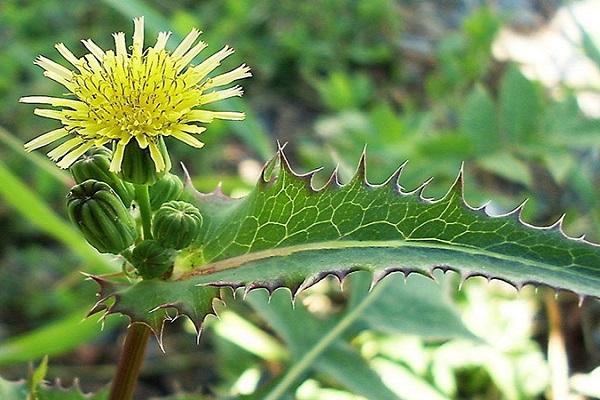
The healing properties of sow thistle
Before using the herb, you need to understand its medicinal properties.
Leaves and stems
The benefits of sow thistle stems and foliage have been repeatedly proven by people who use plants for medicinal purposes. Green leaves contain a lot of choline, alkaloids and other beneficial trace minerals that help restore health.
The useful properties of the terrestrial part of plants include the following:
- helps to cleanse the intestines and cope with constipation;
- acts as a pain reliever;
- copes with inflammatory processes;
- removes worms from the body;
- has a positive effect on the functioning of the liver with the intestines.
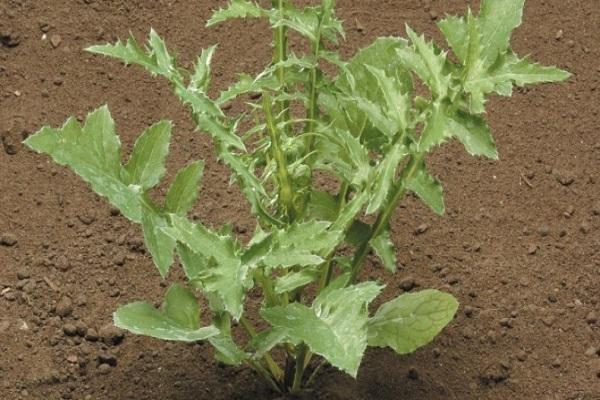
Why the root is useful
The root system of a plant, like its ground part, has useful properties.It contains inulin with alkaloids, which help eliminate inflammatory processes in the kidneys. Also, these micronutrients help to cope with diarrhea and get rid of the symptoms of bone tuberculosis.
Regular use of decoctions from sow thistle rhizomes helps to improve the protective properties of the body. Such remedies are also used when colds appear.
Indications for use
There are several cases when you need to use medicinal products prepared from the foliage or rhizomes of young grown sow thistle:
- the appearance of warts on the skin surface;
- bleeding wounds;
- acne;
- dizziness;
- headaches;
- tuberculosis;
- colds;
- sensorimotor disorders.

Use in traditional medicine
In folk medicine, several medicines are used made from green sow thistle.
Plant sap
If people need external treatment, sowling juice can be used. It helps to get rid of carbuncles, abscesses and warts that have appeared on the skin.
Also, freshly squeezed herbal juice acts as a laxative and can be used to relieve constipation. It is recommended to take at least one teaspoon of the product daily.
Do not drink too much juice, as this may cause diarrhea.

Sow thistle broth
You can prepare a medicinal decoction from any part of the sow plants. The most useful are the products made from yellow field grass. It has pronounced medicinal properties and is considered more effective in the treatment of diseases. Experts recommend using medicinal teas to get rid of inflammation, bleeding, or pain.
To prepare a remedy, you need to add a spoonful of sow thistle to two hundred milliliters of water. The liquid is boiled for three minutes, after which it is cooled and used for treatment.

Infusion of herbs
Sometimes, instead of decoctions, people use medicinal tinctures made on the basis of sow thistle. Such a medicine will help cope with nervous disorders, strengthen the body and overcome frequent headaches. To create an infusion, you need a glass of water and ten grams of dry grass. Raw materials are poured with boiled liquid, covered with a lid and infused for an hour and a half. You need to drink the tincture four times a day, one spoonful a day.
Alcohol tincture
Some people prepare tinctures on alcohol, which are highly effective in the fight against colds or headaches.
To create an alcoholic tincture, you will need one sowing root, 10 milliliters of alcohol and 100 milliliters of water. The roots of the plant are placed in a container with liquid and left to infuse there for two and a half weeks.
Store the prepared tincture in the refrigerator, as it will deteriorate at room temperature.
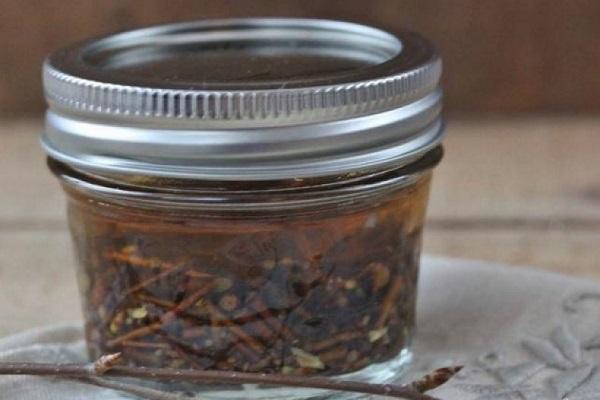
Sow thist honey
Sow honey is used not only in cooking, but also in folk medicine. This yellowish composition has a pleasant floral aroma and sweet aftertaste. In the treatment, you can use both liquid honey and crystallized honey.
Fresh honey is used to treat colds. It also helps to restore immunity, improve brain activity, cope with boils and speed up wound healing. You need to eat one spoonful of honey every day.
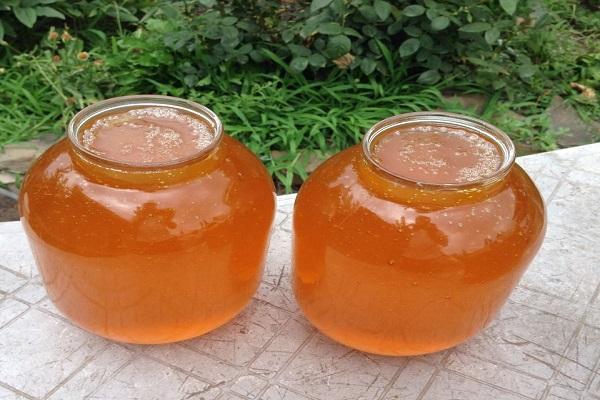
How is it used in cooking
In cooking, sow grass is used:
- Raw. A salad is prepared from raw sow thistle, to which, in addition to grass, fresh vegetables are added.
- In boiled. Boiled thistle can be found in first courses. For example, a delicious soup is prepared from it or foliage is added to borscht.
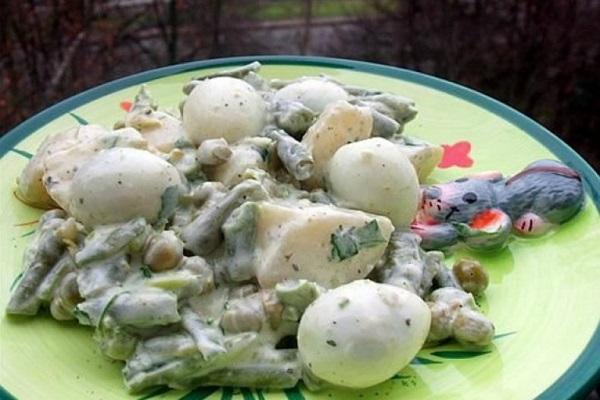
Contraindications and harm
Experts do not recommend using broths from thistle for people who have an individual intolerance to it.This can lead to allergy symptoms. It is also contraindicated for children under 2-3 years old. You can not be treated with grass and girls during pregnancy.
Conclusion
Sow thistle is considered a useful herb, which is often used in folk medicine. Before using such a plant, you need to familiarize yourself with its description, composition and features of use in medicine.


